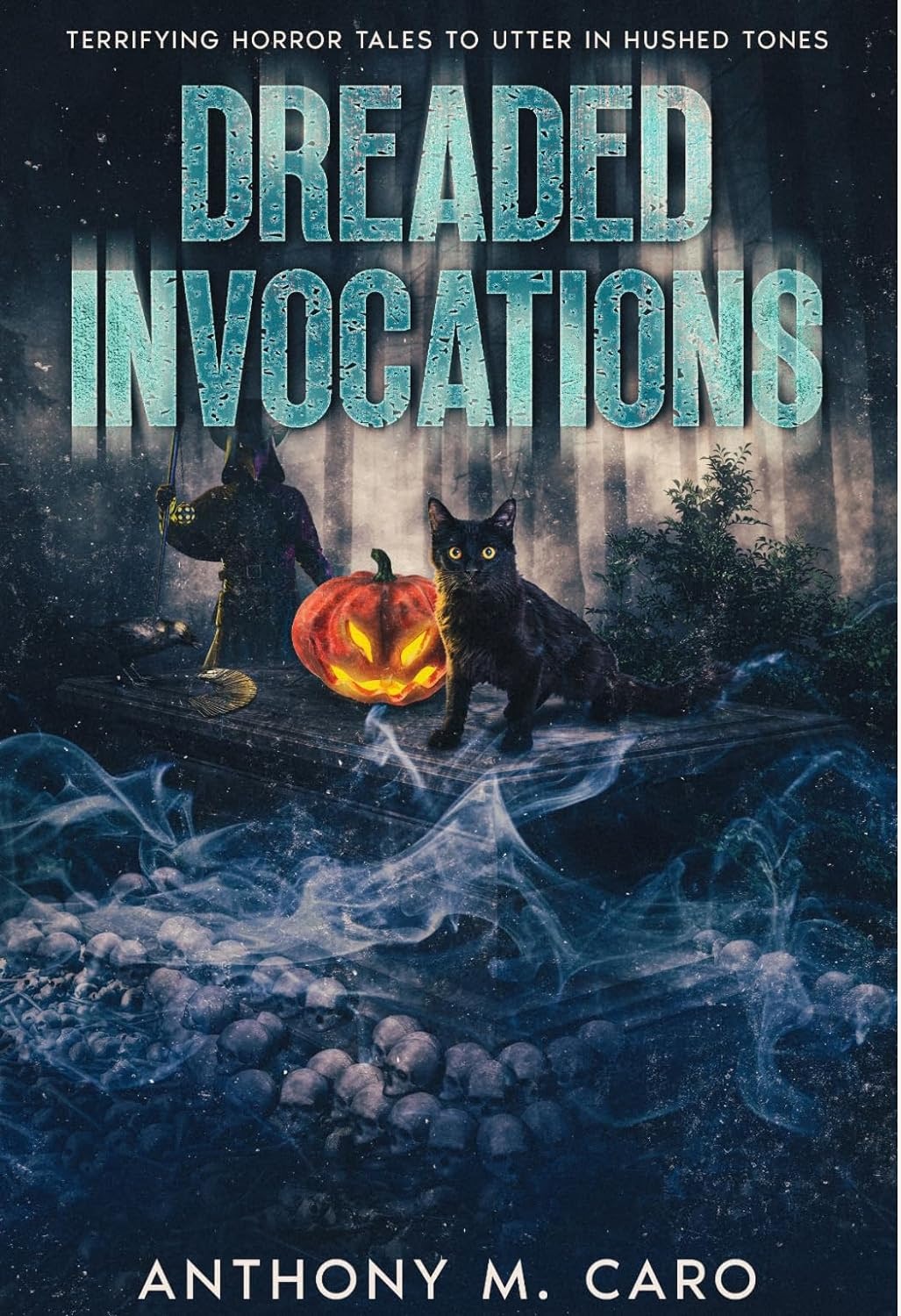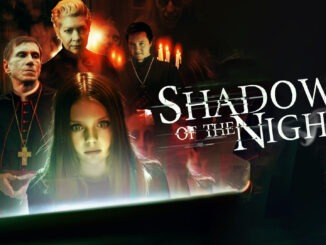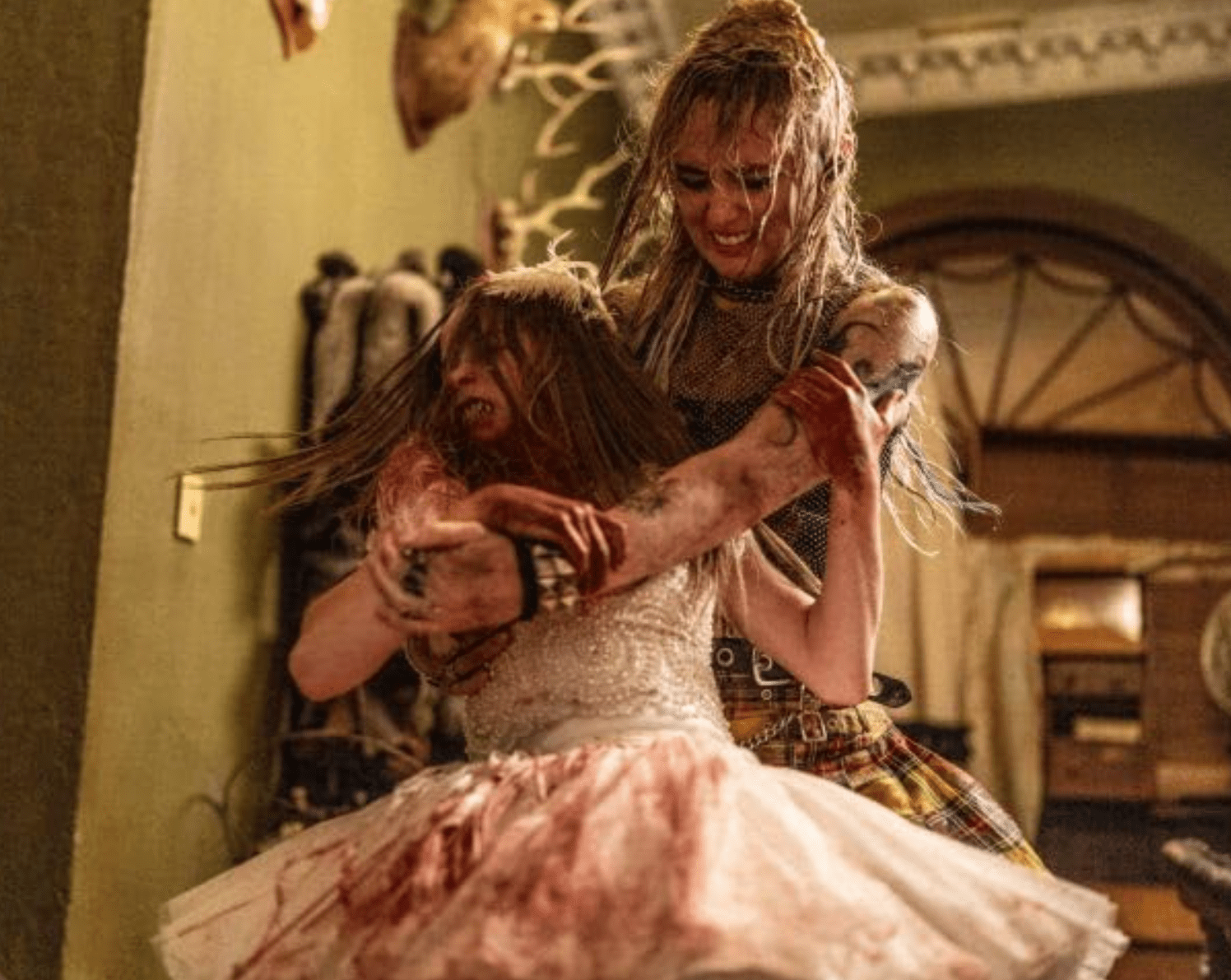
“Psycho” (1960), directed by Alfred Hitchcock, remains a cornerstone of horror cinema, continuously fascinating and horrifying audiences with its masterful suspense and psychological depth. As one of the most iconic films in the horror genre, “Psycho” is riddled with groundbreaking techniques and behind-the-scenes stories that only enhance its legendary status.
The infamous shower scene, a mere 45 seconds long, involved an astonishing 78 shots and 52 cuts, showcasing Hitchcock’s meticulous attention to detail and his ability to manipulate audience emotions effectively. This sequence alone has inspired countless horror filmmakers and remains a subject of study for its sheer audacity and impact.
Interestingly, the realism of this scene was enhanced not with graphic visuals, but through the use of chocolate syrup as blood, a clever adaptation to the black-and-white film format that allowed Hitchcock to skirt censorship restrictions. The chilling soundtrack, initially unintended by Hitchcock, who wanted silence, was composed by Bernard Herrmann. Its piercing strings became synonymous with horror, adding a sonic layer to the visual shock.
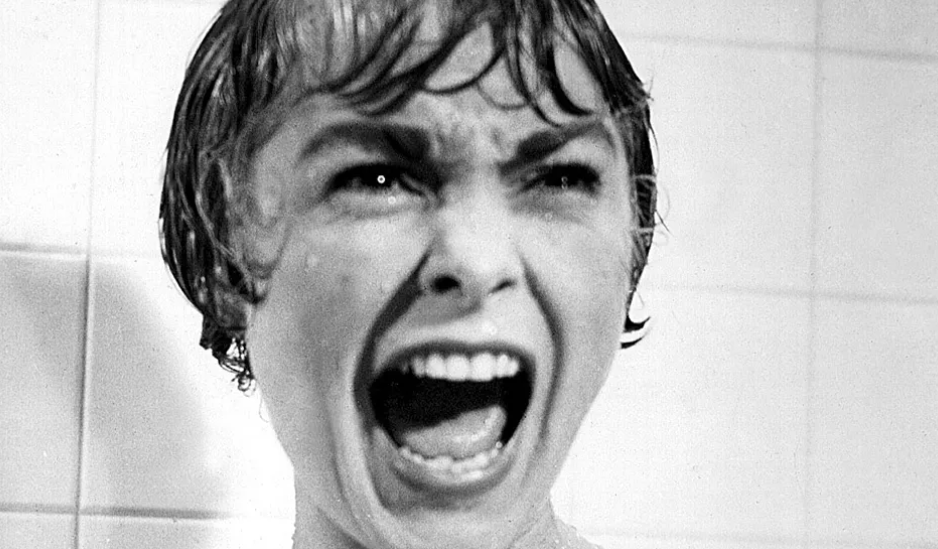
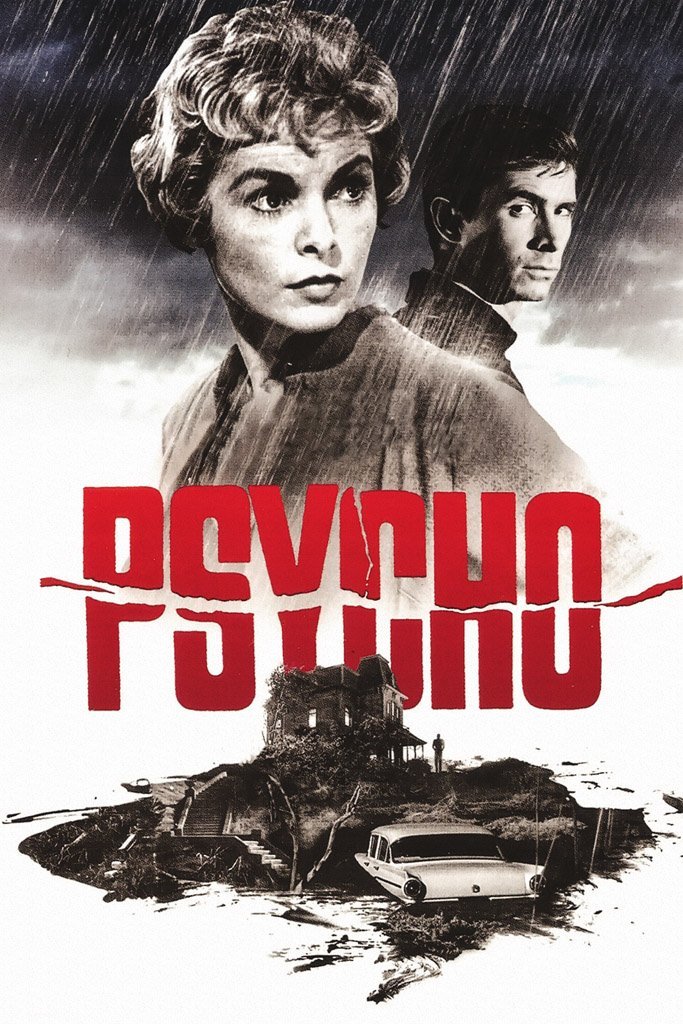
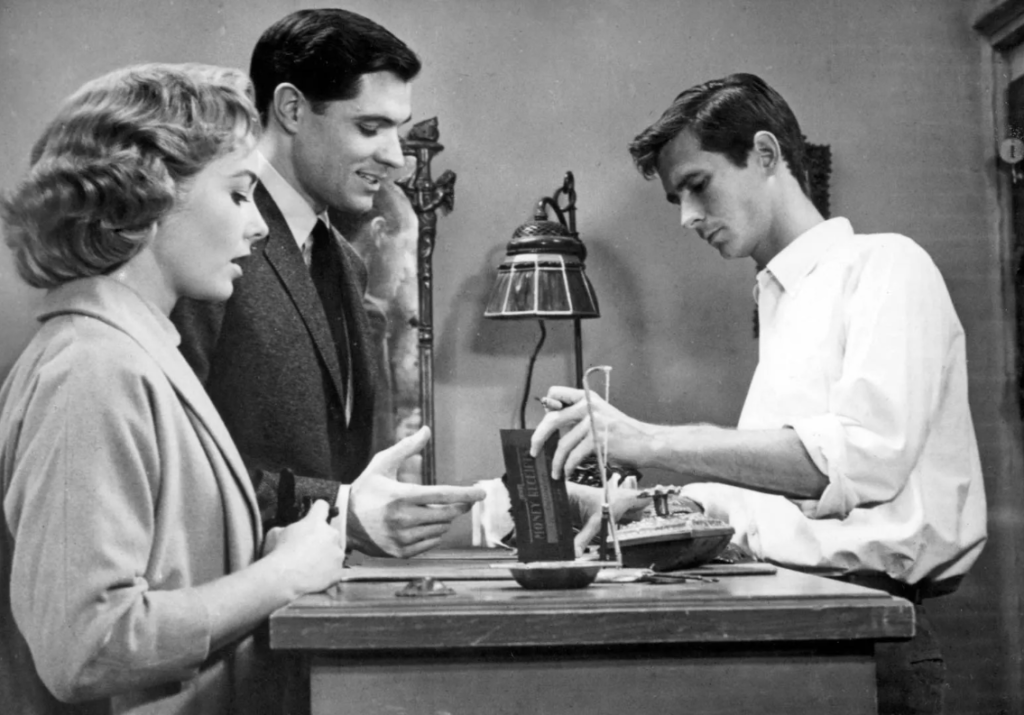
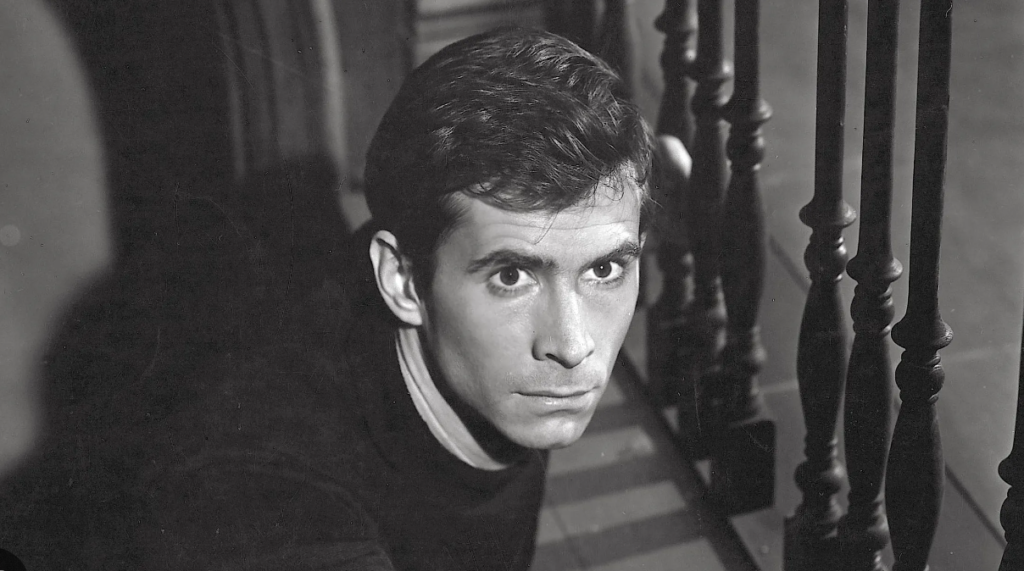
Hitchcock’s innovative spirit didn’t stop at the camera work or sound design; he also introduced several cinematic firsts in “Psycho”. It was the first film to feature a toilet flushing, show a major star in a brassiere, and depict characters half-clothed on a bed, pushing the boundaries of what was deemed acceptable in cinema at the time.
The film’s production itself was an act of defiance and creativity. Facing resistance from Paramount Pictures, Hitchcock financed the film himself, allowing him full creative control which was instrumental in realizing his vision without compromise. The sets constructed for the Bates Motel and the eerie Victorian house not only served their purpose for the film but became lasting attractions at Universal Studios.
Hitchcock’s manipulation of audience perspective was also pivotal. For instance, he carefully controlled how the audience aligned with characters, preferring that viewers resonate more with the antagonist than the victims, a narrative technique that has influenced the portrayal of villains in horror films thereafter.
“Psycho” also marked significant shifts in how films were presented in theaters, with Hitchcock insisting that no late admissions be allowed, ensuring that audiences experienced the tension and twists from beginning to end without disruption.
The movie captivates with its deep psychological resonance, tapping into universal fears—of the unknown, of violence, and even the disapproval of our parents. The film’s horror transcends mere jump scares, reflecting our darkest anxieties and making it a profound experience for viewers.
The film also pushed cinematic boundaries, notably being the first American film to show a toilet flushing. Hitchcock’s portrayal of the leading lady in undergarments and the shocking early death of the main character halfway through the movie were radical moves that altered audience expectations and narrative storytelling in cinema.
Hitchcock’s meticulous craftsmanship is evident in every frame of “Psycho.” His precision in visual and auditory details crafted a horror masterpiece that has influenced countless films and remains a landmark in cinematic history. This attention to detail ensures that “Psycho” continues to be celebrated for its innovative techniques and psychological depth, making it a seminal work in the horror genre.




